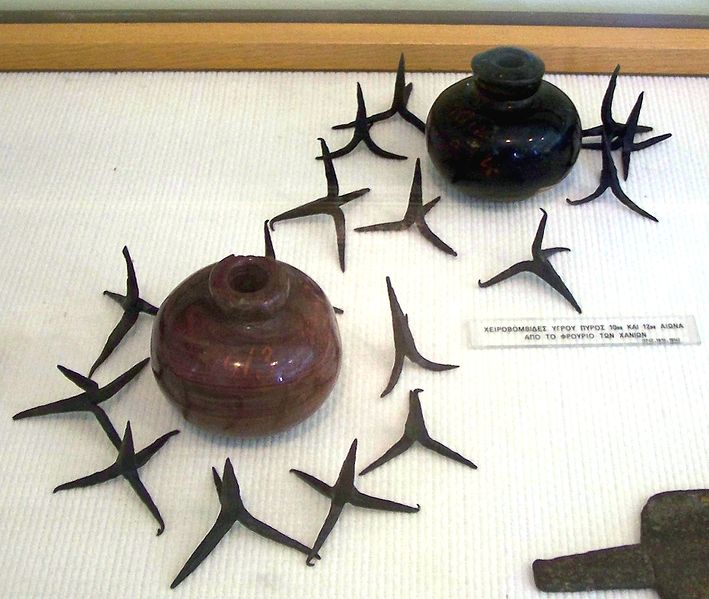Greek Fire, a legendary superweapon hailing from the Byzantine Empire, remains shrouded in mystery to this day. Devised with unparalleled effectiveness, its exact recipe has been lost to the annals of time, but its impact on history and warfare endured for over seven centuries.
Emerging as the most formidable weapon in Christendom's arsenal, Greek Fire was pivotal in safeguarding the Byzantines and their cherished Constantinople against numerous adversaries.
The Significance of Greek Fire So crucial did Greek Fire become for the Byzantines that Emperor Romanos II (reigned between 959-963 AD) decreed three sacred objects that must never fall into enemy hands: the Byzantine imperial regalia, any royal princess, and the closely guarded secret of Greek Fire.
Distinguishing Greek Fire from Lesser Imitations Incendiary weapons have a long history in warfare, including flaming arrows and firepots. However, Greek Fire stood in a class of its own. The Crusaders' version, often called Greek Fire, paled compared to the true superweapon employed by the Byzantines.
Greek Fire: The Enigmatic Incendiary Weapon Greek Fire was a potent incendiary weapon crafted and utilized by the Byzantine Empire on land and at sea. Accounts from the era and contemporary depictions indicate that its effects were akin to modern-day napalm.

True Greek Fire was a far more formidable substance, unlike the later imitations. Its origin is believed to trace back to the reign of Constantine IV Pogantus (668-685). Callinicus of Heliopolis, a Greek-speaking Syrian refugee, is credited with refining the formula around 678 AD.
Reports from the time described how Greek Fire would spontaneously ignite, proving water-resistant. In fact, when in contact with water, it appeared to burn even more intensely and adhere to surfaces, making it particularly lethal as a naval weapon.
A Potent Arsenal: How Greek Fire Was Deployed The incendiary concoction could be deployed through various methods, including being thrown in pots or discharged from handheld or ship-mounted tubes, similar to a modern flamethrower.
Interestingly, Arabian accounts from the period suggested that heavy cloth or leather soaked in vinegar could partially neutralise the sticky substance.
The Mysterious Mastermind: Callinicus of Heliopolis Greek Fire's development is widely attributed to the Greek Christian, Kallinikos (also known as Callinicus) of Heliopolis, who fled Muslim-held Syria and sought refuge in Constantinople around 668 AD.
While Callinicus likely drew inspiration from a similar substance used by the Kingdom of Pontus against the Romans during the Mithridatic Wars in the 1st century BC, he elevated its potency and usability to create the true Greek Fire.
Though the exact recipe remains shrouded in secrecy, it is believed to have involved light petroleum or naphtha, possibly sourced from Crimea. Speculations suggest a combination of potential ingredients of petroleum, pitch, sulphur, pine or cedar resin, lime, and bitumen. Some even propose the inclusion of gunpowder or "melted saltpetre" for added effect.
Due to its utmost importance, the formula was exclusively passed down from Emperor to Emperor, leading to its successful preservation as a mystery for over 700 years. Although lost to history, historians have unearthed partial recipes from Byzantine sources, shedding light on the enigma of Greek Fire.
Greek Fire's Devastating Impact Greek Fire's ferocity first manifested in 673 AD during the initial Arab Siege of Constantinople. A marauding Arab fleet intent on sacking Constantinople was obliterated by Byzantine ships wielding their unparalleled superweapon.
Greek Fire's legacy symbolises Byzantine ingenuity, an enduring testament to the empire's tenacity and the awe-inspiring might of an ancient superweapon lost to the passage of time.


